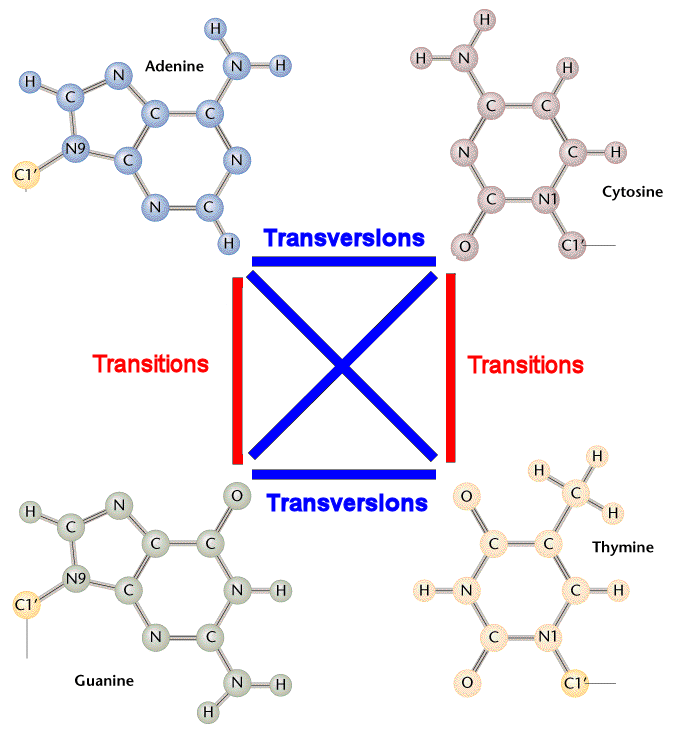/DataDisk/Analysis/Sun/7550R/simu
novoalign -o SAM $'@RG\tID:YING\tPL:ILLUMINA\tLB:LB_TEST\tSM:7550R\tCN:HCI' -F ILMFQ -d hg19all.nix -f 7550.chr20.1.fq 7550.chr20.2.fq >7550.chr20.sam 2>7550.chr20.log
jj $picard/SortSam.jar INPUT=7550.chr20.sam OUTPUT=7550.chr20.sorted.bam SO=coordinate TMP_DIR=.
jj $picard/ValidateSamFile.jar I=7550.chr20.sorted.bam O=7550.chr20.validation
#"more 7550.chr20.validation" -> no errors found
jj $picard/BuildBamIndex.jar I=7550.chr20.sorted.nodup.bam O=7550.chr20.sorted.nodup.bam.bai
jj $picard/MarkDuplicates.jar I=7550.chr20.sorted.bam O=7550.chr20.sorted.nodup.bam M=7550.chr20.duplicate
gatk -T RealignerTargetCreator -R chr20.fa -I 7550.chr20.sorted.nodup.bam -D dbsnp_131_chr20.rod -o 7550.chr20.intervals
gatk -T IndelRealigner -R chr20.fa -I 7550.chr20.sorted.nodup.bam -targetIntervals 7550.chr20.intervals -o 7550.chr20.realigned.bam
gatk -T CountCovariates -R chr20.fa -l INFO -D dbsnp_131_chr20.rod -I 7550.chr20.realigned.bam -cov ReadGroupCovariate -cov QualityScoreCovariate -cov MappingQualityCovariate -recalFile 7550.chr20.recal_data.csv
gatk -T TableRecalibration -R chr20.fa -l INFO -I 7550.chr20.realigned.bam -recalFile 7550.chr20.recal_data.csv -o 7550.chr20.realigned.recal.bam
jj $picard/FixMateInformation.jar I=7550.chr20.realigned.recal.bam O=7550.chr20.realigned.recal.fixed.bam SO=coordinate VALIDATION_STRINGENCY=SILENT TMP_DIR=.
gatk -T UnifiedGenotyper -R chr20.fa -I 7550.chr20.realigned.recal.fixed.bam -D dbsnp_131_chr20.rod -o 7550.chr20.snps.raw.vcf -stand_call_conf 50.0 -stand_emit_conf 20.0 -dcov 300
